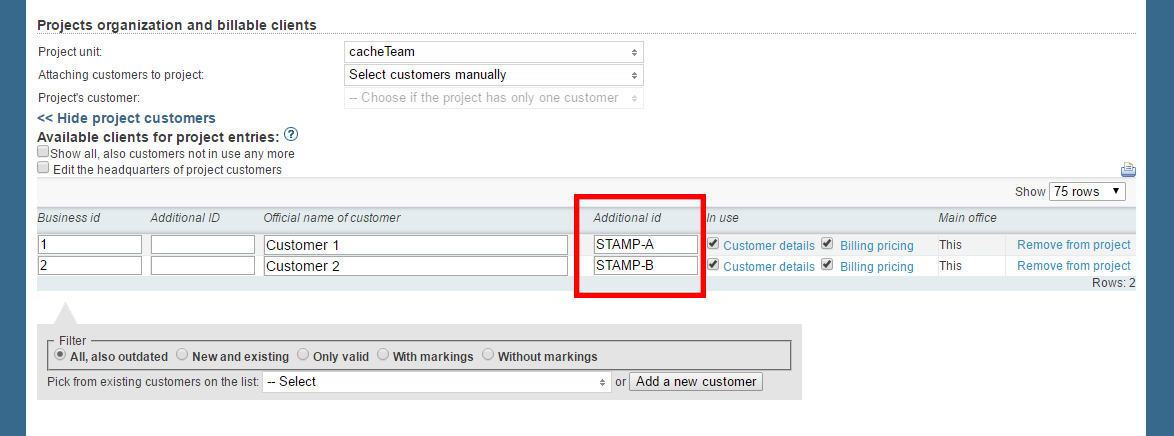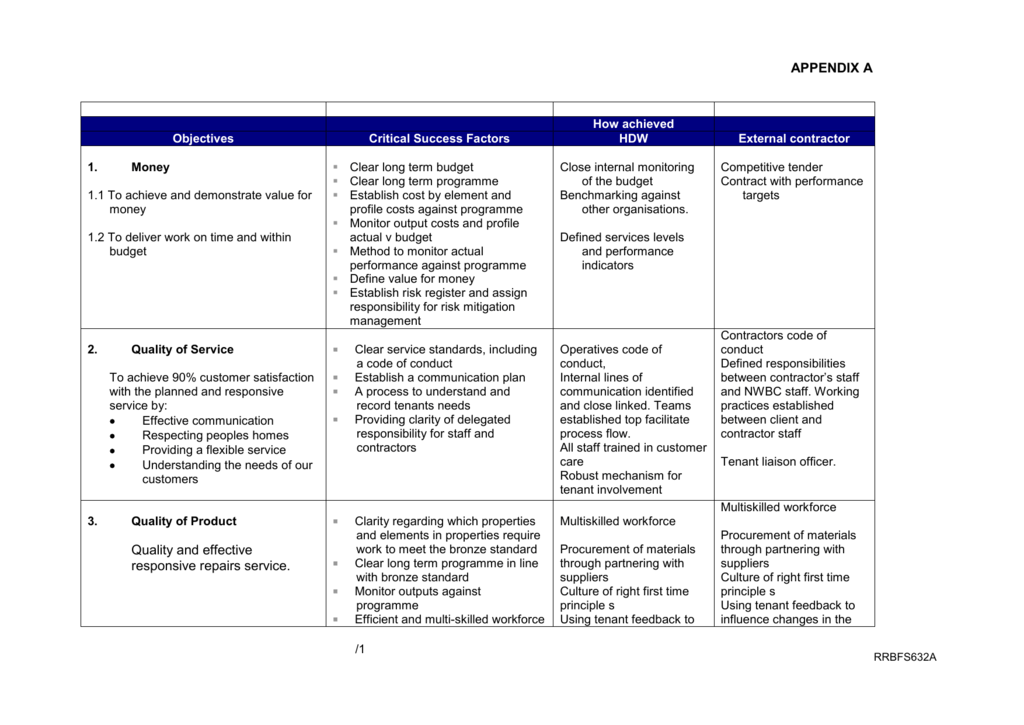
- #CODE ON TIME USER PRICING HOW TO#
- #CODE ON TIME USER PRICING INSTALL#
- #CODE ON TIME USER PRICING CODE#
- #CODE ON TIME USER PRICING PASSWORD#
That way many Authenticator apps will automatically render the label in the token list.

To customize the QR label and give the final user context about the token like account name or email, you can include the label param in the QR generation endpoint. The API will return a link to a valid QR code.
#CODE ON TIME USER PRICING CODE#
To support other Authenticator apps, like Google Authenticator, display a QR code to your users that contain a compatible OTP secret.
#CODE ON TIME USER PRICING PASSWORD#
To validate these One-Time Passwords, see Verify a One-Time Password below. You can disable this behavior with the 'Sync tokens in Authy app' setting in the Authy settings in the Twilio Console. You do not need to do anything additional to take advantage of the Authy app. When you enroll a user, they will automatically be able to generate Soft Token TOTP codes in the Authy App if they register for Authy with the same phone number that you used to enroll them. If no region is given (or supported), there will be a default by country. We support the format country-region as described in IETF's BPC 47. Supported languages are: Afrikaans ( af), Arabic ( ar), Catalan ( ca), Chinese ( zh), Chinese (Mandarin) ( zh-CN), Chinese (Cantonese) ( zh-HK), Croatian ( hr), Czech ( cs), Danish ( da), Dutch ( nl), English ( en), Finnish ( fi), French ( fr), German ( de), Greek ( el), Hebrew ( he), Hindi ( hi), Hungarian ( hu), Indonesian ( id), Italian ( it), Japanese ( ja), Korean ( ko), Malay ( ms), Norwegian ( nb), Polish ( pl), Portuguese - Brazil ( pt-BR), Portuguese ( pt), Romanian ( ro), Russian ( ru), Spanish ( es), Swedish ( sv), Tagalog ( tl), Thai ( th), Turkish ( tr), Vietnamese ( vi). This is only returned when we upgraded delivery from SMS.

The type of the last device used by the user. Authy or SDK users are redirected directly to the requested token. True if we detected an Authy or SDK enabled app installed and we upgraded the OTP delivery channel from 'SMS' to Push Notification. The country code and last two digits of phone number used to send the message with the rest obfuscated. ( 🏢 not PII )Ī message indicating what happened with the request. Returns true if the request was successful. This is a useful override if a user is specifically selecting "Send SMS" or "Get code via voice call" in your application UI.įor information on timing and other constraints like rate limiting, see our two-factor authentication best practices. You can override the default behavior to force the sending of code via SMS or voice every time. If a user has no record of installing a device, then the API will continue to send the code via SMS or voice. Instead, a push notification will go to the device, prompting the user to start their app to get the code. If the user has the Authy App, by default, the API will not send the 2FA code via SMS or voice. When you call the API to start either an SMS or voice-based authentication, it automatically checks to see if that user has previously downloaded the Authy app or has an app installed that uses our SDK.
#CODE ON TIME USER PRICING HOW TO#
It is also possible to use your own hardware tokens, please contact us for information on how to enable this type of 2FA. Twilio's Authy API follows the algorithms described in RFC 6238 and RFC 4226 to generate TOTP (Time-Based One-Time Passwords) passwords. The Authy API is used to verify a user has access to the right phone number (for SMS and Voice channels) or has access to the right trusted device (for TOTP via the Authy App or use of the SDK). Soft tokens do not require wireless connectivity to issue and verify.
#CODE ON TIME USER PRICING INSTALL#
Users can also install the free Authy app or use our SDK to generate offline TOTP codes ( soft tokens).

Using the Authy API, you can send one-time passwords over voice or SMS channels.

Once a user has been registered with your Twilio Authy application and receives an AuthyID, you can now implement 2FA, passwordless login or protect an in-application high-value transaction.


 0 kommentar(er)
0 kommentar(er)
